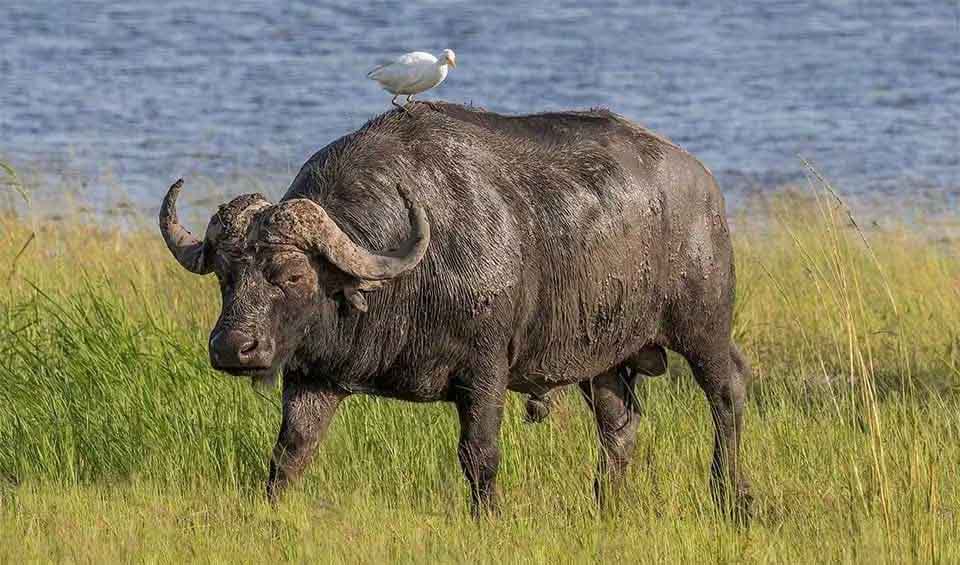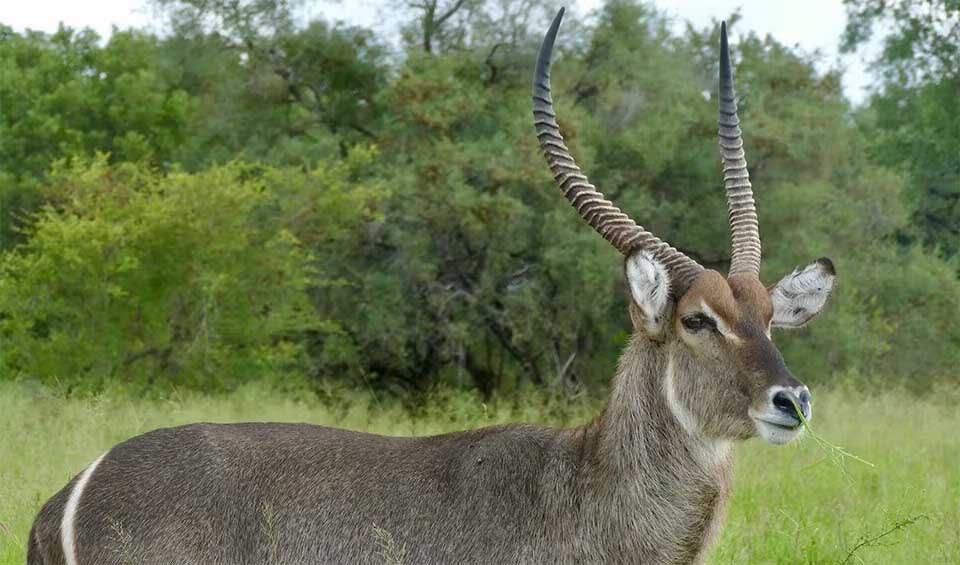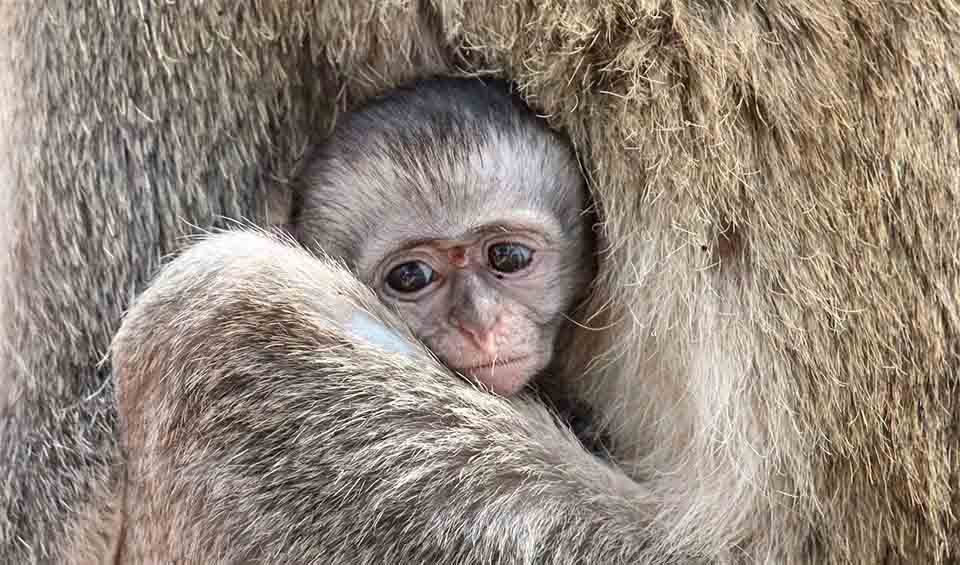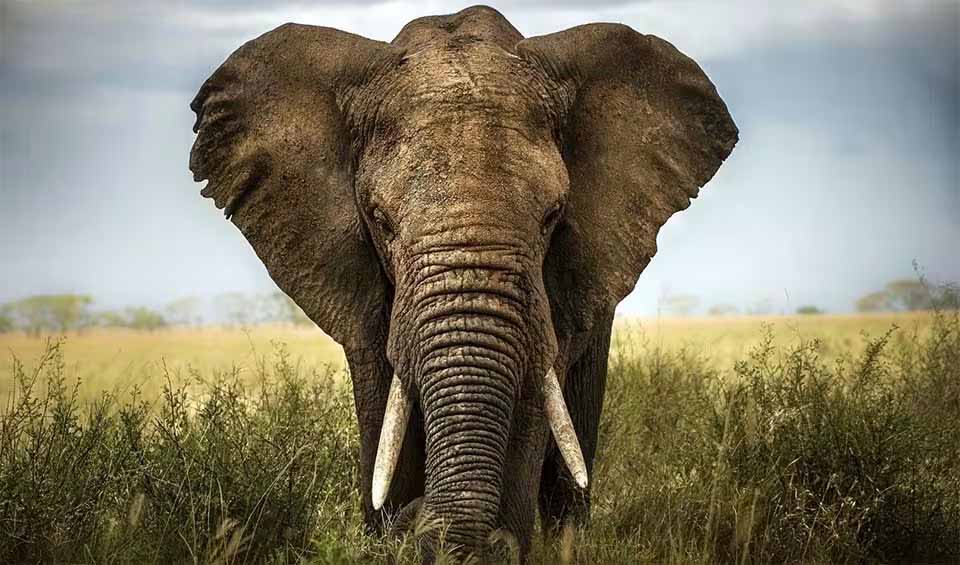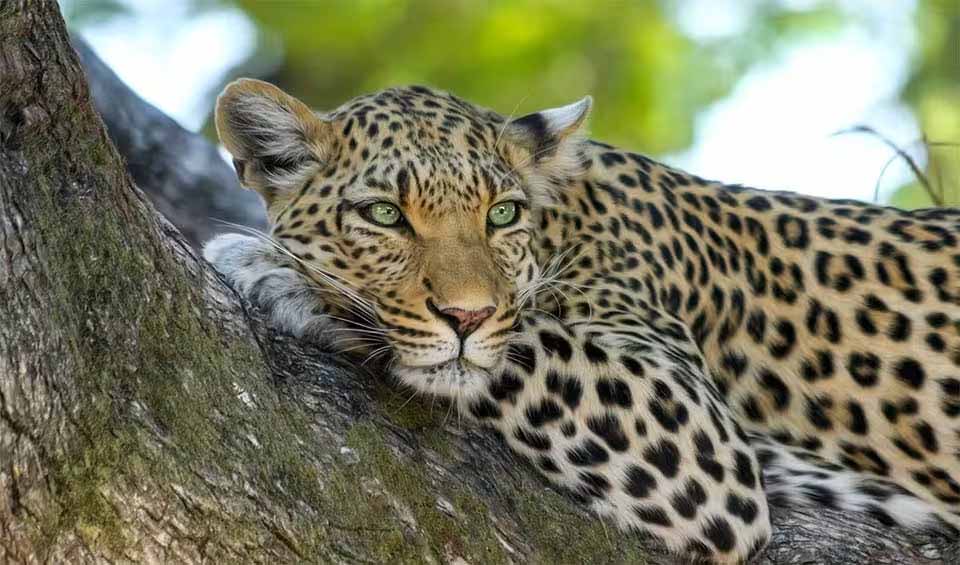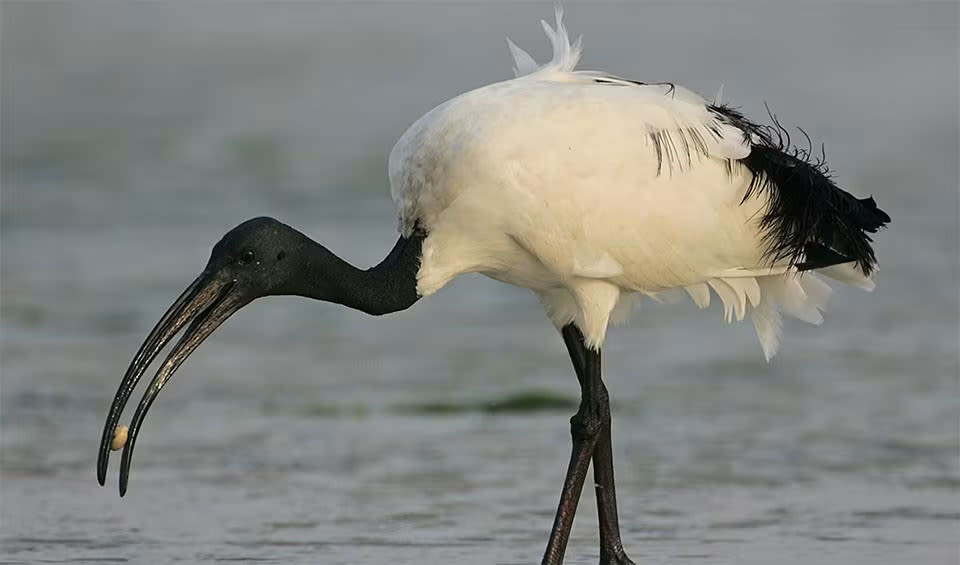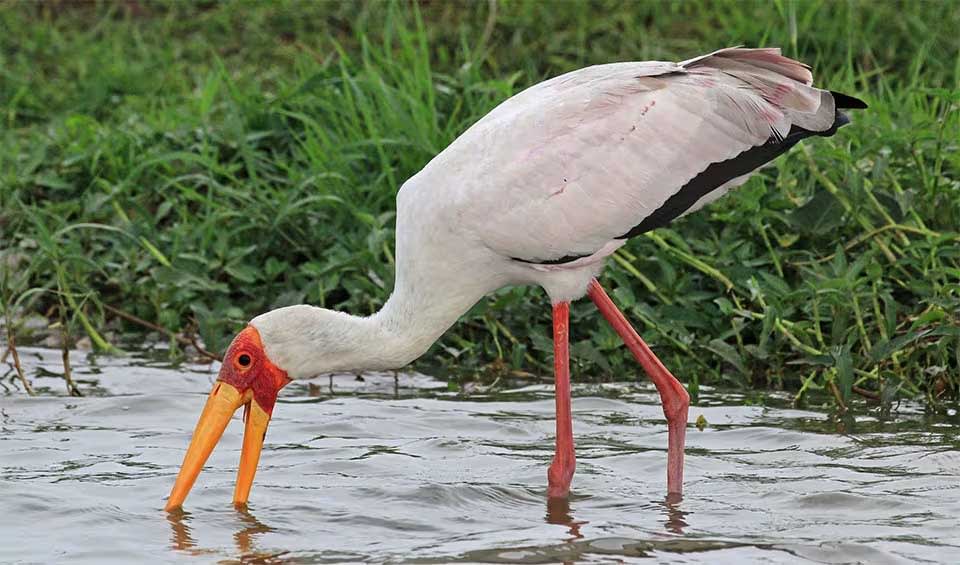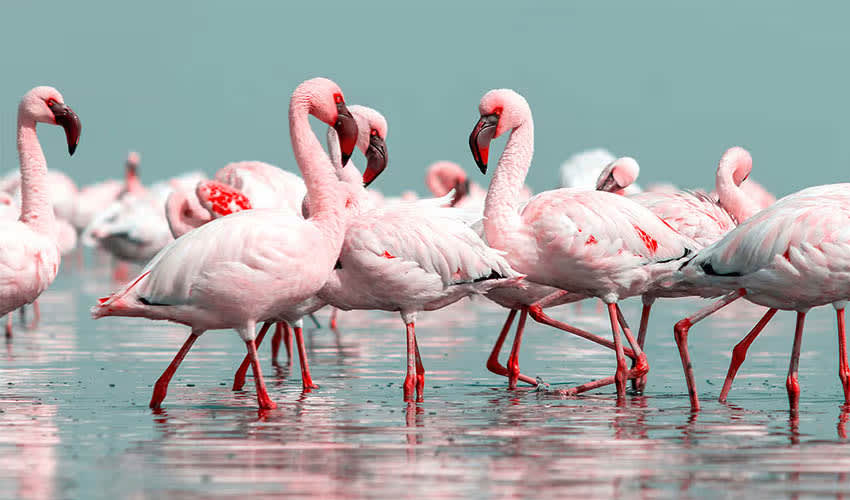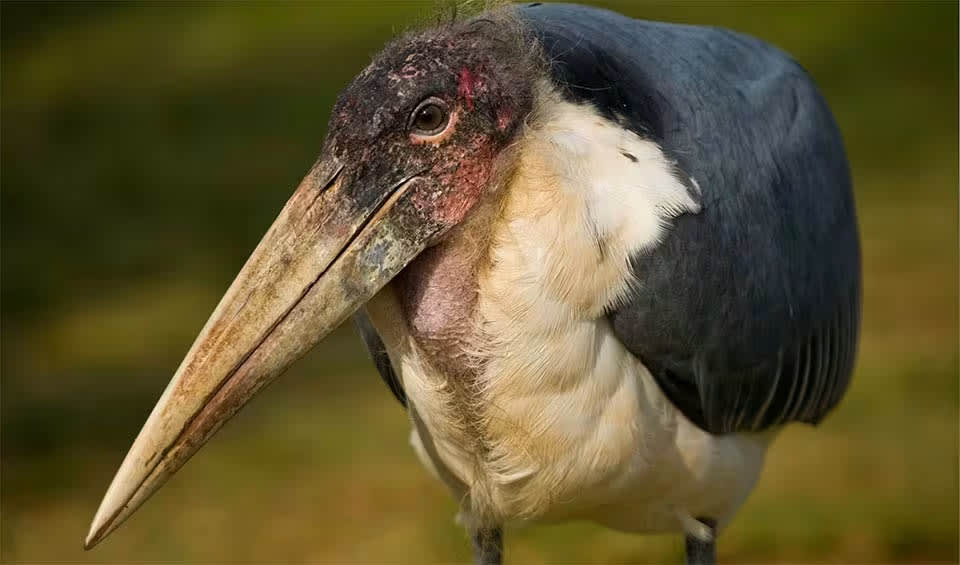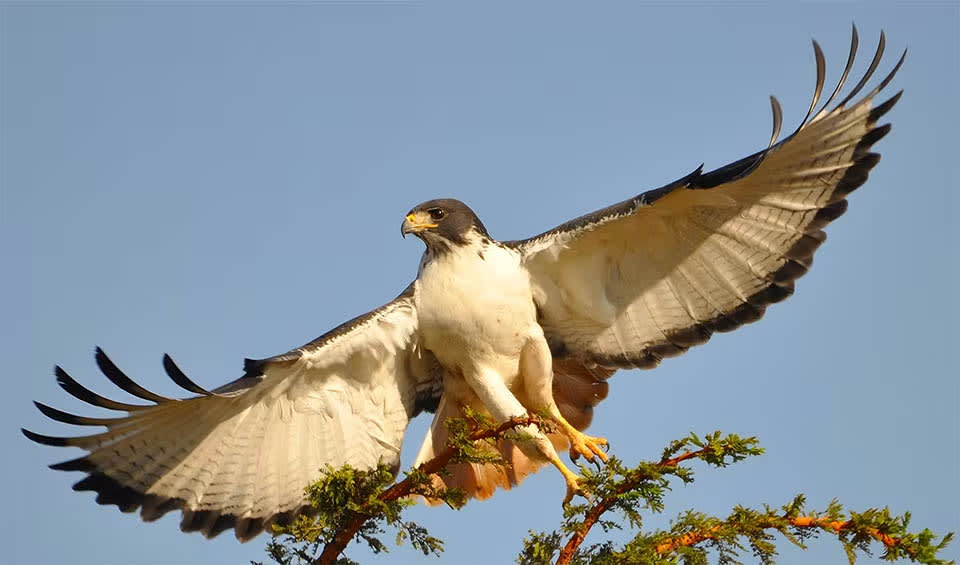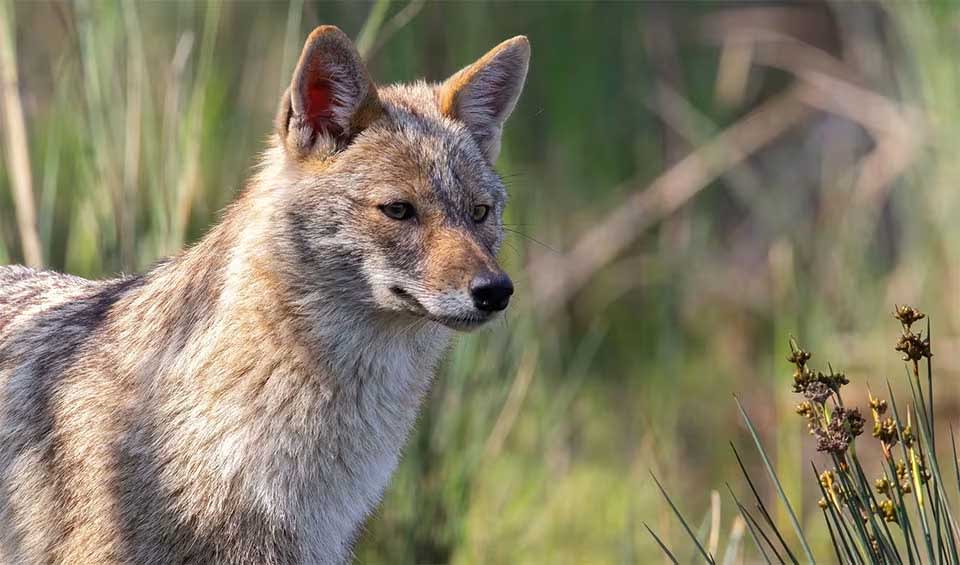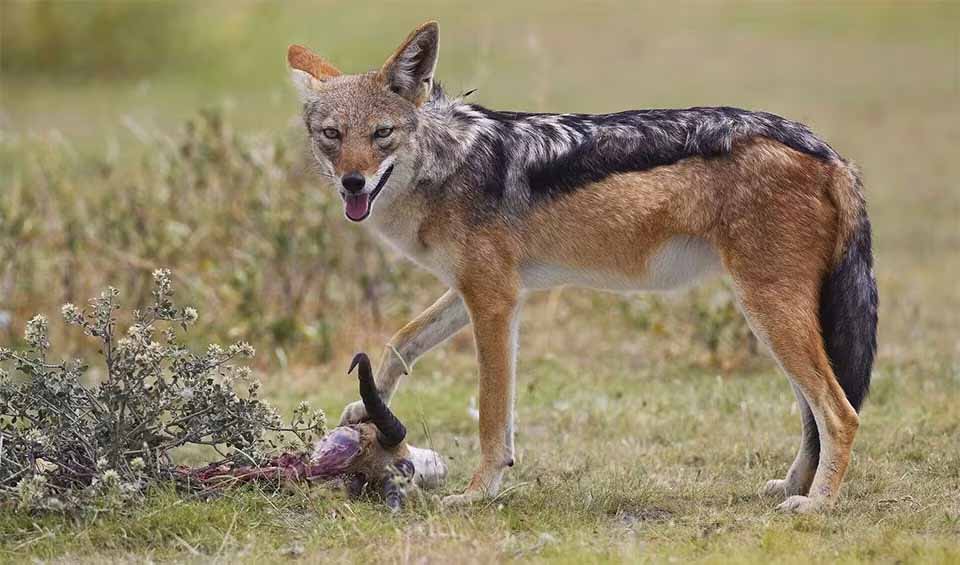My Tanzania trip – Dec 2022
19/12 – Arusha national park
20-21/12 – Tarangire national park, visiting Hadzape & Datoga tribes
22/12 – Ngorongoro crater
23-25/12 – Serengeti national park
26/12 – Manyara national park
The largest eastern African country, one of the poorest countries in the world, is one of the richest in wildlife thanks to long-term planning.
Three climates zones: tropics on the eastern Indian Ocean shore, the mostly arid highlands, and the mountains. Two rainy seasons are the end of October to the beginning of December (although there is slight shifting due to climate change causing drought) and April to the end of May.
Most travelers do the “Northern circuit,” containing the Serengeti, Ngorongoro, Tarangire, and Arusha.
What animals will you see? It’s up to what mother nature will send your way. However, in some of the most interesting animals we’ve seen, it was a matter of being alert! If we’d blink at the wrong moment, we would miss a Leopard one meter from our Jeep. So, always look in your surroundings and look up for something moving in the bushes!
Masai giraffe
The giraffe species with largest build
Day 1: Landed at dawn in Kilimanjaro Airport (Arusha), we headed to our first destination- Arusha National Park for our first game drive. A few minutes later, we’ve seen our first Giraffes! We’ve seen them later on all other game drives.
MorePlains zebra
These zebras with the underbelly stripes are the longest migrators in Africa
The giraffes weren’t alone! Zebras and their cabs were grazing peacefully along them. We saw these beauties, which my wife particularly likes, in all national parks.
African buffalo
They are also known as the “black death” or “widowmaker,” which says a lot about them – dangerous!
Added to this scene are several massive-built, uninterested African (cape) buffalo; we’ve seen them again roaming alone or in small groups in other parks, savanna, and forests.
Common warthog
Widely distributed and the only pigs that live in grasslands
Warthog with 4-5 small cabs was the fourth animal we’ve seen in this scene, marking our first four sightings in a minute (it’s all been less than 1 hour after we landed in Tanzania!). We’ve seen them plenty of time later, running with their tail up! Super cute.
MoreBlue monkey
The blue monkey’s digestive tract has developed to accommodate a diverse range of diets; however, they prefer fruits 50% of the time
Our first monkey! A single blue monkey (colored black) was posing for us on the side of the road. We’ve seen them again (this time in a group) only at Lake Manyara national park.
Olive baboon
The most wide-ranging of all baboons, native to 25 equatorial African countries
Baboons are a big deal here. Accustomed to their remote family comrades – us humans – we’ve seen them everywhere, specifically next to hotels, park entrances, and side roads in Lake Manyara. Visiting the Hadzabe tribe, I wore a baboon skin crown. Hatzabe and baboons are long-time enemies.
MoreCape bushbuck
Females hide their young and eat the feces after nursing them, so no trail of their scents remains to entice predators
Our first “classic” antelope, shy and elegant.
Serval
Owners of the longest legs-for-body-size of all cats are widespread in sub-Saharan savannahs
“Cheetah!” My boy shouted. Getting closer, it turned out to be a cat indeed, just smaller. Still, our first predator! A large, head-spinning serval was walking approx 20 meters from us. Continuing on its way, we had the chance to enjoy it for a minute. We will see another serval on the Serengeti.
MoreVervet monkey
Used for studying genetic and social behaviors of humans as they have human-like characteristics such as anxiety, hypertension, and social and dependent alcohol use
Day 2: Tarangiri natinal park. Entering the park, we’ve seen several groups of velvet monkeys. Later, they would snatch a sandwich off my wife’s hands and open my lunch box (!). We saw them again on Lake Manyara national park.
MoreBlue wildebeest
So named because of the silverish-blue shine of fur, which is not blue but greyish to brown
An African symbol, wildebeests are grazing peacefully everywhere. We’ve seen them later in hundreds of thousands (maybe more?) on the Serengeti.
African bush elephant
Size matters! The largest of the three elephant species and the largest extant terrestrial creature on our planet
You’re on a game drive and see a bunch of jeeps flocking? There’s something there; join them! This time it was a group of 10 elephants with cabs. Seeing these gentle social giants touching each other was truly emotional.
MoreImpala
One of the most successful African sprinters
Elegant impalas are one of the most common animals you’ll see. Males have curved horns, and females don’t. You usually see them in groups of all females and one male or only young males.
MoreGrant’s gazelle
Famous for their “stotting” antics to impress others and deter predators
Roaming either alone or in small groups. What beauties!
Lion
Tufted-tailed Simba in the plight
Salim, our guide, gets a radio communication and turns to us with a promising, you’re-lucky look in his eyes. Three lionesses with two cabs were chilling behind a tree on an African afternoon. We’ve seen many lions, including males later on, one time eating a cape buffalo and the other time working on the next generation…
MoreLeopard
Disappearing graceful shadows, this tree-climber is on the way to extinction
On the way out of the park, another radio alert. This time, Salim translated its “dots up,” meaning Leopard (as opposed to “dots down,” a cheetah). We saw a leopard on a tree, eating a gazelle, approx from 100 meters. That’s a long distance, so we could hardly see anything. On the Serengeti, we would see a leopard “down” on the ground- 1 meter from our Jeep!! Perhaps the best sighting of the trip 🙂
MoreCommon ostrich
Arabian ostrich, 1 of 4 subspecies, was hunted to extinction in mid-20th century
A small group of male and female ostriches wrapped this day for us. A day to remember.
Lappet-faced vulture
The African giant vulture has a wingspan up to 2.80 m (9 ft) wide
Day 4: I could hardly sleep before visiting the Ngorongoro crate, situated in a huge conservation area (not a national park, but still highly protective of wildlife): other than inside the crater itself, the Masai people live there with their livestock. They can’t hunt, build permanent constructions or cultivate the land – all three things they refrain from anyway. Besides many animals we’ve seen before, we’ve started the day with a group of these bald vultures feeding on the corpse of an African buffalo. Their fierce beaks used to open up corpses, allowing all other birds to feed afterward.
MoreThomsons gazelle
The black and white stripes on the golden brown face add to its beauty.
The open savanna is home to Thompson gazelles, distinguished by a thick black line on their sides.
Black rhinoceros
With 3 out of 8 subspecies have been declared extinct, illegal poaching puts these hooked upper lip rhinos in danger
The last member of the “big 5” was roaming, some 100 meters+, in the bush. I can’t honestly say I saw him. It was more of a few dark pixels on the horizon. They are rarely seen nowadays there.
MoreSpotted hyena
Also known as Laughing Hyena, it gets chewed a lot for being cruddy and a good-for-nothing scavenger!
Somewhere on the road, just before lunch picnic, a spotted hyena posed a few meters from us. We’ve seen them in Serengeti, too: in one case, over 20 of them on a few hundred meters of the road (must be hyenas alley or something).
MoreAfrican sacred ibis
The fossil records suggest that this species has been on this planet for millions of years
All these waterbirds were in a small pond
Yellow-billed stork
As the name suggests, this whitish stork has a bright red face and a distinctively long yellow bill
Greater flamingo
The iconic and elegant bird with a curved pink bill is known for turning heads
Lesser flamingo
This bird holds a Guinness book of world records to its name
Marabou stork
This Nature’s cleaners are the largest & heaviest living stork
Stopping for lunch, we had a visit from an ugly, ugly marabou; I love these birds! Seen quite often.
Helmeted guineafowl
Native to Africa, it is the best-known bird of its family, broadly introduced as domesticated species
And from helmeted guineafowl, seen everywhere, including in hotels. Usually in groups.
Hippopotamus
1.6 ton (1.5 tonne) + 48 km/h (30 mph) = what do you think?
With full bellies after lunch, we went to visit the hippos. Why visit? Hippos are territorial, living their best lives in their home pool. Magnificent beasts!
Augur buzzard
The sturdy body complimented with broad wings make these raptors one of a kind
Climbing out of the crater towards the end of the day, we saw an Augur buzzard dining on frogs just a few meters from us.
Golden jackal
Exceptional hunters, but they can feed solely on grass and survive in the absence of prey
From afar, we’ve seen a golden jackal.
Black-backed jackal
Has two subspecies populations, separated by 900km (560 miles)
And a black-backed jackal (I hoped to get a better look at them).
White-headed vulture
They’re known as ‘old world vultures’ endemic to Africa and the first ones to get a whiff of corpses
Near a corpse surrounded by vultures.
Kori bustard
These large birds may remind you of ostriches, but they can fly!
We’ve seen many, according to our guide, thanks to the rain. Also, another species – the Denham’s Bustard.
Banded mongoose
Living in troops, a real-life example of “All for one, and one for all”
Another predator on the list! The next encounter was with a family of 6 banded mongooses with cubs. We’ve seen them later in the trip too.
Common eland
Large antelopes look like giant cows in appearance but run pretty fast
Close enough to take photos but too far to enjoy them, we’ve seen a herd of 40 elands. Tomorrow we see them closer.
Secretarybird
A long-legged bird with a stunning black feather crest on its back head
Heading to the hotel for the night, we’ve seen several secretary birds taking off and landing by running, pretty much like airplanes.
Kirk’s dik-dik
A frightened female whistles repeating the dik-dik sound, giving rise to the name dik-dik
Will we see anything else today? Just before arriving at our hotel, I thought I’ve seen a rather big rabbit. It wasn’t a rabbit but the smallest antelope- the dik-dik. We’ve seen them on several occasions, always in pairs. This was all ONE day (#4)!!
MoreSouthern reedbuck
Graceful animals with V-shaped horns have royal and aristocratic looks
Day 5: another day in Serengeti paradise. Have we seen everything? No! My daughter spotted a new antelope- the reedbuck in a small group. Later we will encounter them once or twice more. Really look like the super common impala, but with a black mark on its cheek.
MoreCheetah
Racing to extinction: historically ranging throughout Africa to India, now distributed in small, fragmented populations
Something is happening… a stash of jeeps in one place. This time it was a cheetah in the bush; we stayed there for good half an hour to see it eventually reveal itself for a few short moments. I wish I could have a better vision of it (and I was armed with x12 camera lens). Later on in the hotel, another traveler showed me a video of a walking cheetah taken on his iphone… I guess that you can’t win them all!
MoreEastern tree hyrax
It seems they’re also struggling to follow a sleep/wake schedule
At lunch picnic, enjoying our lunch boxes, these little fellas looked at us.
Nile crocodile
One of the most iconic animals of Africa and the second largest reptile on earth
Reaching our destination, we’ve seen heaps of hippos and a huge, sole Nile crocodile.
Hartebeest
They enjoy a sedentary and lazy lifestyle but run fast if they sense danger
Day 6: Another day in the office… last day in Serengeti. My daughter found yet another ‘new’ antelope- this time the hartbeest, in a small group. I assume many would consider it just another ‘generic’ impala-gazelle-like.. ad for me – I love seeing new species!
MoreSide-striped jackal
Larger than its jackal relatives and easily distinguishable with white stripes on the sides
Noted for the grey color and white spot on the tail, the side-striped jackal roamed somewhere in the bust. We had two different encounters.
Von der Decken’s hornbill
Female has a black bill, male has a red bill with a white tip and a black lines
I love these birds, seeing one eating a giant beetle. Very common in and outside the parks.


